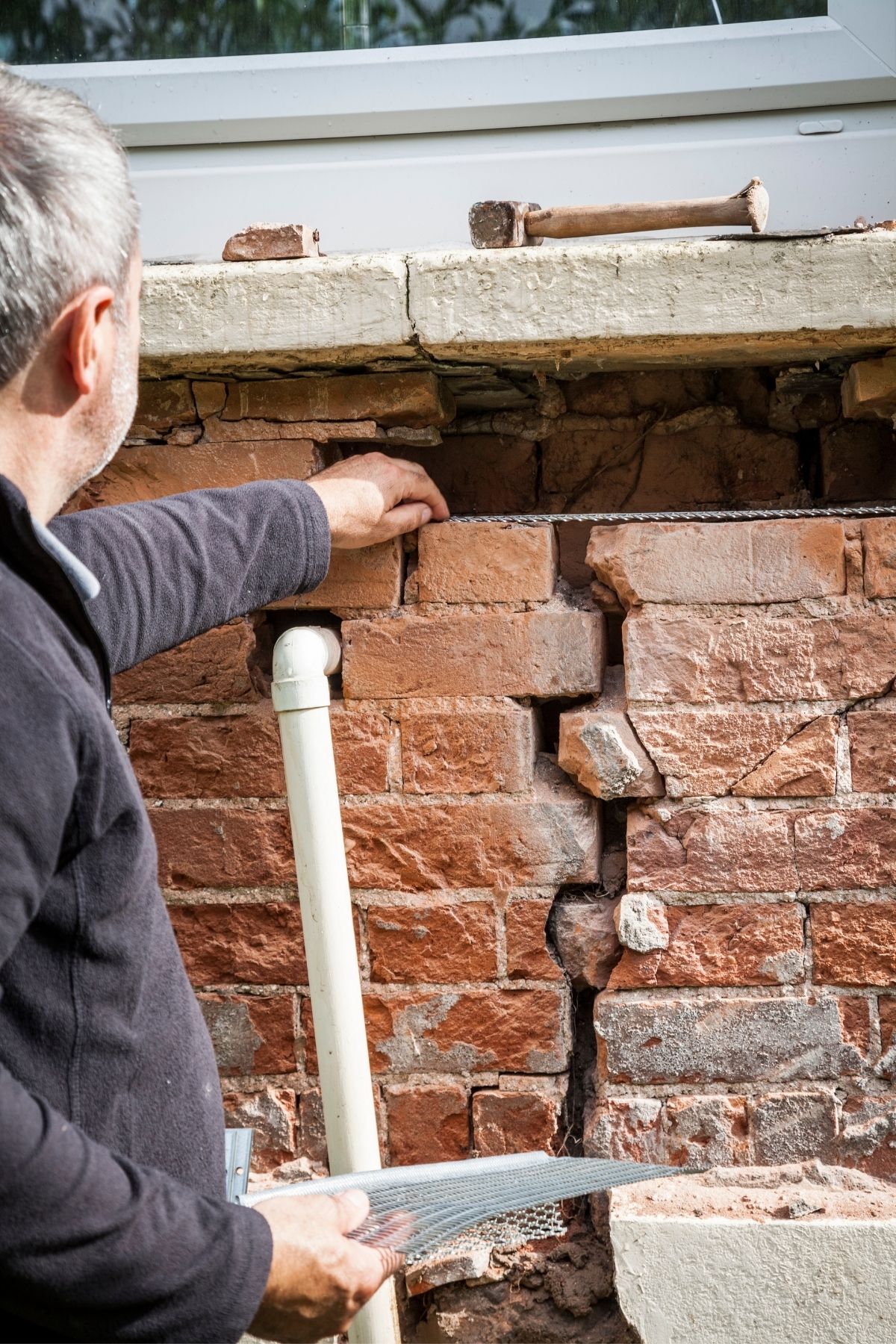
Needing to make a claim for housing disrepair is something nobody relishes, but it’s a real worry when your rented home starts falling apart around you. Whether it’s creeping damp, creaking pipes, or a broken boiler, the trick is getting those repairs done—and fast—without losing your peace of mind or your sense of style.
Let’s dive into the friendly, practical steps you can take to get repair issues fixed—without the drama.
Know Your Repair Rights (and Own the Evidence)
Most renters are covered by the Landlord and Tenant Act 1985, which states your landlord must keep the structure of your home in reasonable repair—including walls, roofing, heating, plumbing, and sanitation. The Homes (Fitness for Human Habitation) Act 2018 further insists your home must be safe and healthy to live in. You can read more about your legal rights as a tenant on GOV.UK.
Keep a clear, dated record of what’s wrong and when you first reported it. Snap photos, save texts and emails, and keep copies of letters. This becomes your case’s backbone if things go uphill later.

Communicate Clearly, Calmly, Effectively
Start with a polite but firm message, in writing. Say what’s broken, when you noticed it, and why it matters to your health or comfort. If your landlord or letting agent drags their feet, follow up gently—but keep everything on record.
If your repair is urgent and having real impacts, don’t wait around. Send the request in writing as soon as possible and give your landlord a reasonable timeframe to respond.

Know When to Ring in Reinforcements: Ombudsman & Council Support
If your landlord still won’t budge after being told in writing, you’ve got every right to involve others.
Social housing tenants
You can complain to the Housing Ombudsman Service—after you’ve tried resolving it direct with your landlord. They’re free, impartial, and can enforce fair resolution.
All tenants
If repairs are impacting your health or safety, your local council’s Environmental Health team steps in. They’ll inspect using the HHSRS framework, and can legally compel your landlord to act. This process is clearly explained by Citizens Advice.
Explain, Style-wise (Without Being a DIY Disaster)
While you’re waiting on your landlord, here’s a sneaky way to keep living comfortably without messing the place up:
- Use temporary fixes that won’t harm the property—like season-appropriate rugs, or LED-safe electric heaters (only if it’s safe to do so).
- Choose rental-friendly decor that camouflages minor wear—think removable wallpaper or slipcovers.
- Use affordable, move-with-you solutions—plants to absorb damp, or light-reflecting décor for gloomy spots.
You’re not just putting band-aids on the issue—you’re surviving smartly while things get sorted.
Compensation Isn’t a Dirty Word—It’s Protection
If your landlord keeps ignoring responsibilities, you may be entitled to compensation for inconvenience, damage, or even health impacts—especially if the disrepair stretches on.
You can ask for compensation for things like lost use of rooms, sleep disruption, wasted time or money (like using plug-in heaters), or damaged belongings. Shelter explains how tenants can approach this.
You can negotiate it first—be reasonable—but be firm and follow up in writing.
Going to Court Should Be a Thought-Through Step
If all else fails: after giving your landlord around 20 working days, you can consider court action. Prepare your evidence, fill out form N1 (plus N1A notes), and talk to a solicitor if needed.
Just know that courts can order repairs, compensation, and legal cost recovery—if your case is solid.
Know the Pre-Action Steps—Don’t Skip the Essentials
Before launching into court, you must follow the Pre-Action Protocol for Housing Conditions Claims. This is part of the Civil Procedure Rules, and it requires you to give your landlord fair warning, exchange information early, and attempt resolution before involving the court.
Skipping this protocol can cost you with sanctions or having your claim delayed.
Negotiation Before Litigation: Often the Smartest Path
Solicitors often negotiate on your behalf—there’s real merit to having that professional touch, especially if you want repairs done fast and civilly.
Many will work on no-win, no-fee terms (but read the agreement closely).
Sometimes a gentle nudge from a solicitor is all a landlord needs to fix things quickly—and avoid the mess of court.
You’ve Got Rights. Use Them Before Stress Takes Over
- Keep evidence—photos, written reports, health impacts.
- Write clearly, send in writing, and give reasonable time.
- Ask for compensation if it’s taking too long.
- Use official routes—Ombudsman or council action—if landlord still resists.
- Courts are there for you—but always try communication and negotiation first.
- And meanwhile, live your best life—rent wise, renter chic, and resilient.
Living Well While Standing Firm
Nobody wants to pick a fight with their landlord, but sometimes you have to—especially when your home’s on the line. By knowing your rights, documenting everything, and leaning on the right support, you can get the repairs done efficiently, protect your health, and still keep a calm, stylish home.
You’ve got this—and one day you’ll look back and know that you handled a tough situation with courage and composure.
Please be advised this article is for informational purposes only and should not be used as a substitute for advice from a trained legal professional. Please seek the advice of a legal professional if you’re facing issues regarding housing disrepair.
